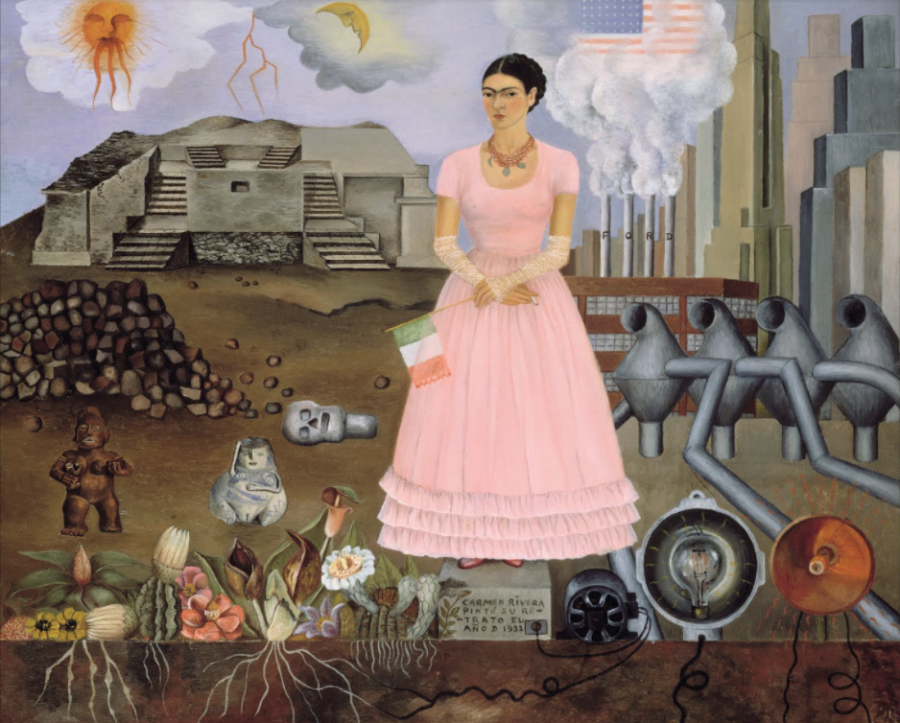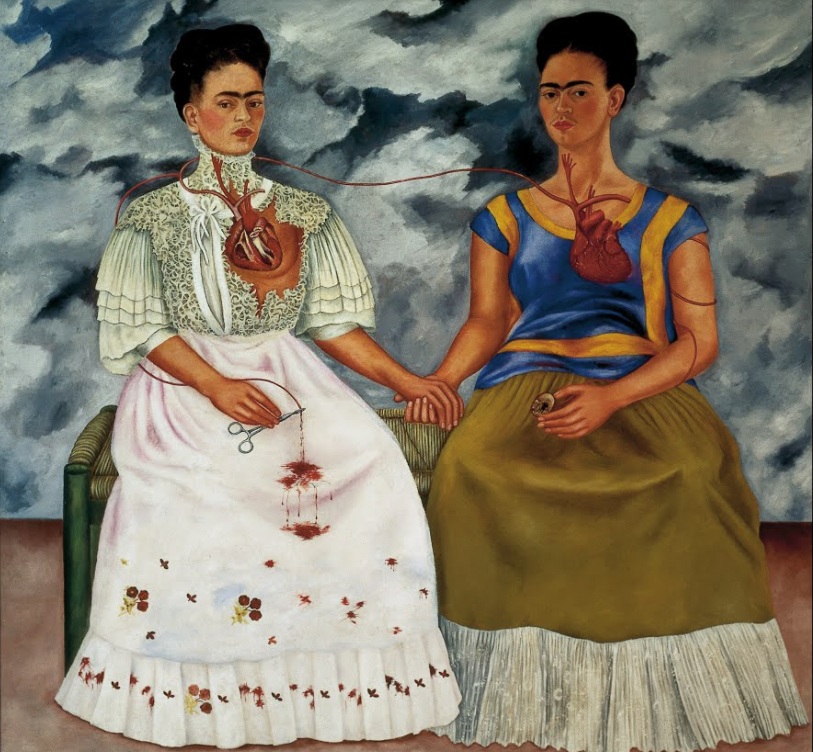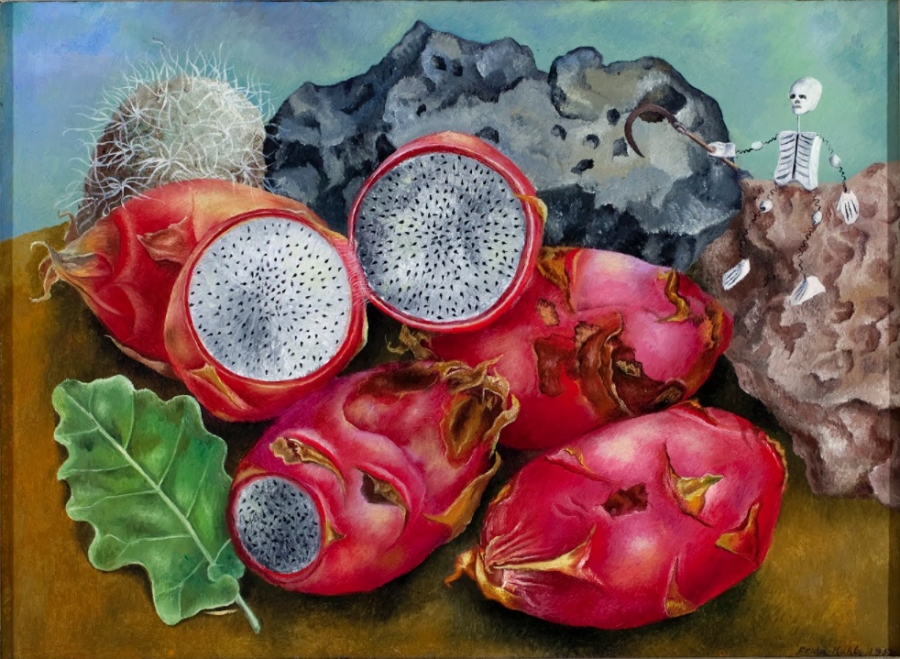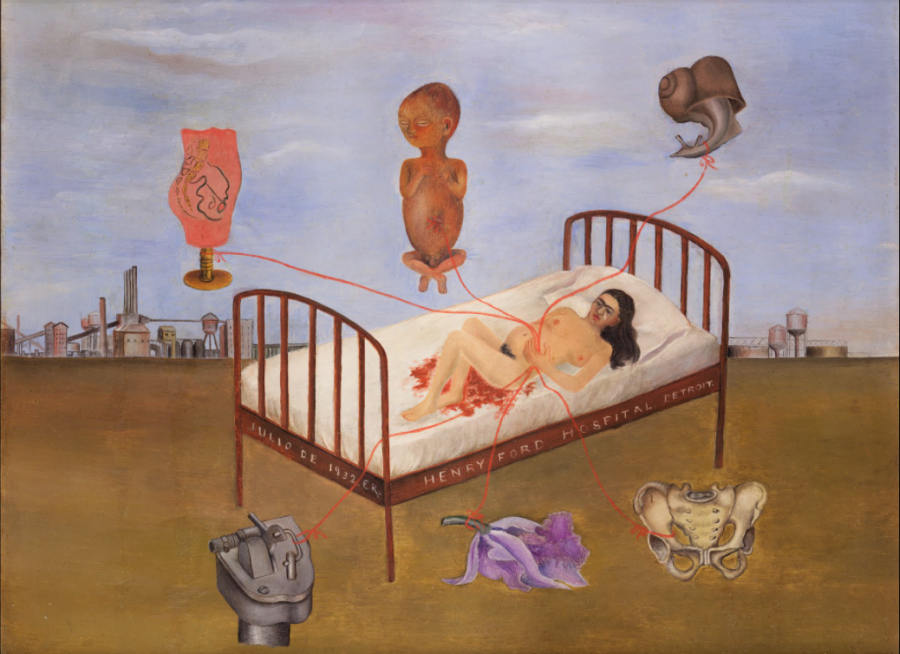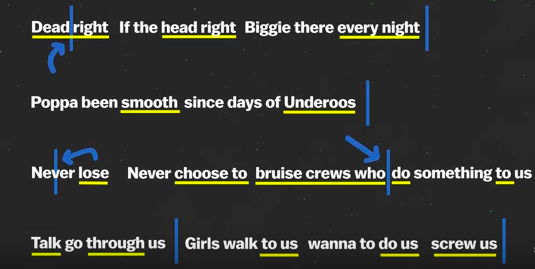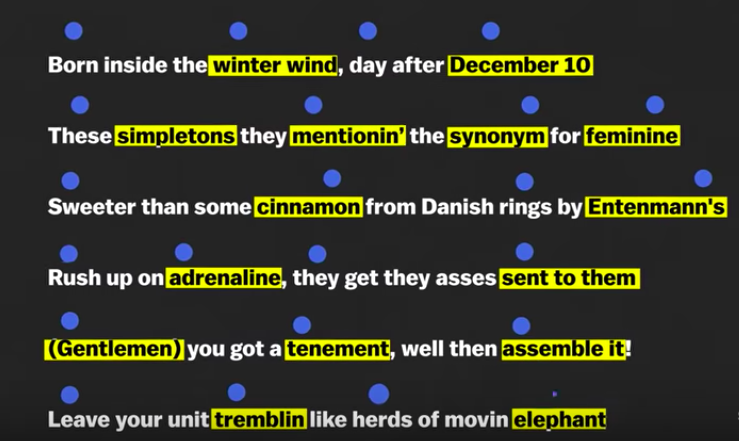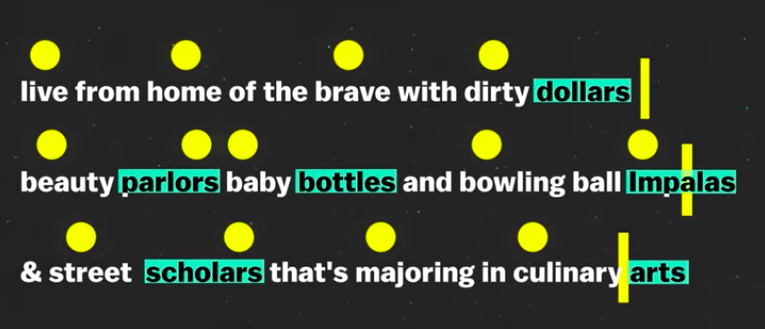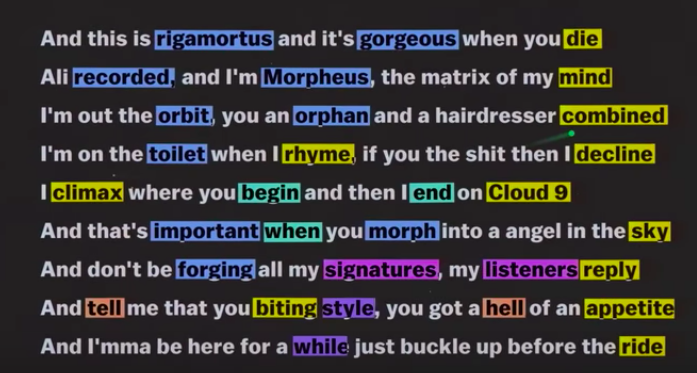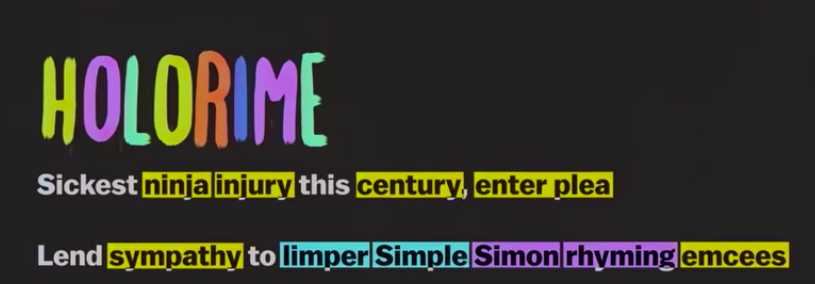Having seen firsthand in my own family how devastating Alzheimer’s disease can be to the sufferer and those who care for them, I acutely feel the need for better social remedies than those we currently have. Institutionalizing relatives places them at risk of abuse, neglect, or extreme loneliness and anxiety, over and above what they already experience. Relying on family members can result in highly overstressed caretakers who lack resources, time, and training. In either case, patients and caretakers can end up isolated, emotionally overwhelmed, and heavily reliant on medications.
While there is yet no cure for Alzheimer’s and age-related dementia, the good news is that there may soon be a treatment that provides sufferers with care, attention, dignity, and generous social interaction, while also giving researchers humane and ethical opportunities to study the progression of the disease. The not-so-good news is that it might require building an entire village, complete with a supermarket, hairdresser, library, gym and other facilities. But if an experiment in Dax, in southwestern France, proves viable, many other municipalities might willingly shoulder the expense.
Designed by Champagnat & Grègoire Architects and NORD Architects, the 12-acre Village Landais Alzheimer will cost a hefty $28 million, reports Newsweek. Curbed quotes the even higher figure of $34 million, “primarily funded by the government.” Expected to open at the end of 2019, the village will “house 120 patients, 100 live-in caretakers, 12 volunteers, and a team of researchers who will approach the treatment center as a testbed for alternative Alzheimer’s care.” Designed to replicate a traditional medieval town common to the area, the experiment was inspired by a similar undertaking in the Netherlands, in which residents showed increased well-being and lived longer than expected.
Neurologist and epidemiologist Jean-François Dartigues explains the purpose of the village as maintaining “the participation of residents in social life,” a proven factor in slowing memory loss and improving mental health, as studies have shown. The village will also give residents a sense of freedom and control over their environment, while making sure attentive care is on hand at all times, and it will “host trained dogs,” reports the BBC, “to help residents escape their psychological isolation.” Moreover, “drug treatments will be set aside,” along with the side effects of medication that can negatively affect quality of life.
The previous experiment and current state of the research predict that Village Landais Alzheimer will be successful in improving the lives of its residents. While one can imagine this idea taking hold among private investors willing to build exclusive villages for wealthy patients, the question is whether countries far less inclined to fund healthcare would invest public resources. Local officials in Dax at least “have promised,” Curbed reports, “to match nursing home fees and make some form of government assistance available so as not to prevent poorer patients from residing in the facility.”
Related Content:
What’s a Scientifically-Proven Way to Improve Your Ability to Learn? Get Out and Exercise
Josh Jones is a writer and musician based in Durham, NC. Follow him at @jdmagness
